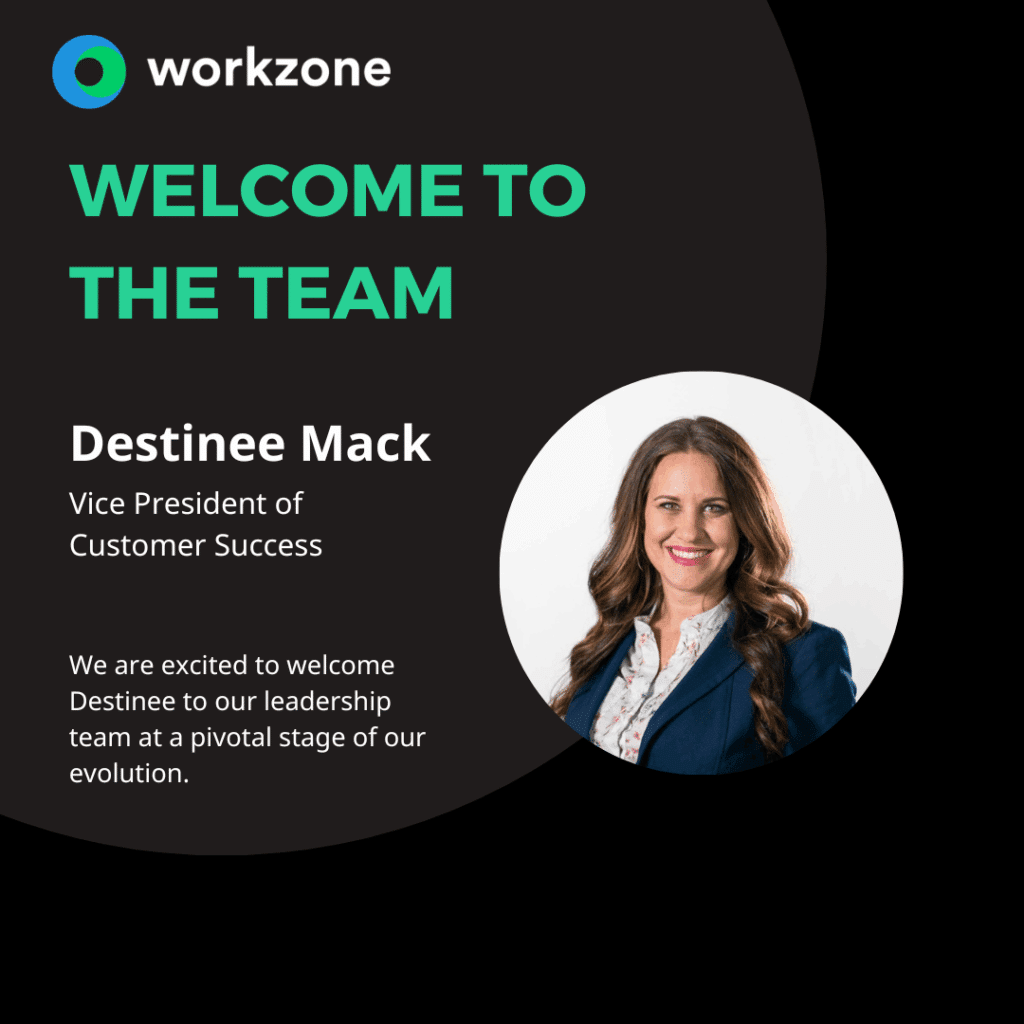The Top Higher Ed Digital Marketing Trends You Need To Know in 2017-2018

Here are the top trends that higher-ed marketers should think about when prepping their marketing and content strategies for this year and beyond. A few have even risen from the ashes, like email marketing—and some that are coming up onto the horizon for 2018, and ask ourselves how it’ll impact us marketing for colleges and universities.
1. Video Marketing

Here’s one that’s been around for the better part of 2017, and granted, it’s one of the few trends that a lot of universities have already taken advantage of. Have you?
Consider this:
- 45% of people watch more than an hour of Facebook or YouTube videos a week;
- More than 500 million hours of videos are watched on YouTube each day; and
- Marketers who use video grow revenue 49% faster than those who don’t.
Convinced yet? I can see why you might not be—after all, 64% of college prospects say they actually prefer to consume college web content through text instead of video.
What does this mean for you? To market with video, or not to market with video?
In the higher ed realm, the trend of video marketing doesn’t exactly mean you need to go all out for video marketing—it’s more about what’s behind the trend of videos, and that’s storytelling.
So even if you aren’t investing in videos right now, ask yourself: how else can you incorporate storytelling into your digital marketing?
A content marketing strategy that focuses on social media updates and blogging is one way. Influencer marketing and niching are a few other ways, so we’ll be talking more about those 2 strategies below.
2. Influencer Marketing

Another trend that we haven’t quite learned to take advantage yet. Which is understandable, because enlisting the help of an influencer to sell a product or service is arguably a bit more straightforward than getting someone to help you sell an experience that 1) lasts anywhere from half a year to 4 or more; 2) costs a good chunk of change; 3) and only happens once for most people.
But it’s not impossible. Just like when we figured out above what the trend of video marketing means for us as an industry, we’re going to have to get creative about how to go about influencer marketing.
And just like video marketing, it really is all about telling a story. But this time, enlisting an influencer to help you tell it. So how can we harness the power of this intimate kind of marketing on campus?
Try this: do some digging around on your students’ social media. Who are the most socially involved—the ones in lots of clubs, the ones who hold student offices, who are well-known around campus and have a large social media following?
Now think: how can you help each other? Perhaps she could temporarily be the face of your brand, posting about her student life experiences with informational captions on Instagram, live streaming the highs of her college experience on Facebook or Periscope, posting Snapchat stories of her and her friends having fun around campus.
Perhaps you can pay for a semester of her study abroad if she blogs about it every step of the way. Or maybe you could offer her a discount on textbooks, dining, and even housing—if she’s a big enough influencer.
3. Augmenting Reality

Whether it’s through smart glasses or goggles, the computer, or the phone in your hand, make no mistake—virtual reality is booming.
And it’s not the high-tech and outrageously expensive and out-of-reach thing we once thought it was. While using augmented reality in marketing is still fairly pricey, let’s adjust our impressions on what counts as virtual reality before we go all, “Woah woah woah, that’s way too expensive for my marketing budget.”
Probably the first thing that pops into your head is Pokémon Go, which I think is a perfect example of making virtual reality accessible to the masses: no extra equipment (other than your phone), no clunky accessibility (i.e. you can only access it through heavy headgear), and—as far as investing in the development of an app goes—not all that expensive, when we consider our ingrained wonder at the prospect of a virtual reality.
While you probably don’t need to go developing a whole new app all at once, you can sit down for a quick brainstorming sesh and ask yourself: how can I use a simplified augmented reality in our digital marketing? Virtual campus tours and an interactive campus map are a few good ways to start.
An even cooler idea? Invest in VR tech for your STEM students and post about it as a benefit to enrolling on social media. You’ll look slick as heck to prospective STEM students.
4. Live Streaming

If you’re a campus with lots of student activities and a high-energy culture (and who isn’t?), this trend is pretty much the cheapest and easiest one to tackle.
You’ve seen the Facebook live streaming commercials, right? Everyone’s getting all up into the live streaming game, and that includes Instagram with its live stories, Periscope and its ever-increasing integration with Twitter, and Snapchat with its Spectacles, which make it easy to instantly record a moment through your perspective and share instantly.
So how do we use live streaming this year and into 2018? That’s an easy one: make a list of all the campus events this year, and stay in close contact with the organizations and departments that throw the best ones. Make sure your marketing department is there to capture it and share it live, or—even better—get your influencer to do it for you. Because getting to see a student’s perspective of a fun campus event, and all in real time? Coolest. Thing. Ever.
5. Managing Dark Social

It’s not a cool Star Wars-related social media thing in which hunky vigilantes take down masked internet bad guys, but it is something we should be worrying about.
Put simply, dark social occurs when a person shares web content privately, like through direct messages, emails, and chatting services.
What’s the problem with that? Only that it’s a huge chunk of engagement that’s going completely dark on us: it’s untraceable, unanalyzable, and therefore unmanageable.
Dark traffic is traffic that doesn’t come from a Google search, a referral link, a “Tweet this article” link, or some other link without referral tags within the URL.
I’m sure you could see how this is a problem: if we don’t know where our traffic is coming from and who our referrers/referred people are, how are we to engage with them on their level?
Here’s how we combat dark social—and I highly recommend you make it a priority, since treasure troves of demographic information can be found in this untapped source of traffic:
- Use a URL-shortening tool like Hootsuite’s, since customized, shortened links make tracking and analyzing easier (and look cleaner on social media);
- Use sharing buttons on your site to make sharing with your preferred link (which should include a referral tag) much easier for visitors; and
- Use dark social tools designed specifically to mitigate and manage dark social shares.
6. Email Segmenting

Email is back, baby.
I truly believe that all the fancy bell-and-whistle marketing trends are destined to come and go, but simple, proven marketing techniques like email newsletters are evergreen strategies worth investing in.
I know, you’re like, “Thanks for the ‘news’, lady, but we’ve been sending emails to our students for years.” I know, and that’s great! But let’s talk about how the resurgence of email could shake up your usual email marketing strategy this year-end and the next.
Here’s what you might be doing that’s not so helpful an email strategy: sending out emails to the entire student body/prospective student subscriber list and expecting something magical to come from it.
What to do instead? Segment. It’s why The New York Times now offers over 30 different kinds of news subscriptions, centered around niche topics like climate change, TV & entertainment, running, and cooking.
So that’s what you do. You look at your student body, you look at its segments: by department, by major, by hobby, by sport, by financial or life situation. And you write to that segment. Hit send, and you’ll be speaking to wayyy fewer students at a time. But you’ll be heard more than ever before.
7. Niching Down—Even More

I know that’s been the trend for years, but no—I mean like, extremely niching down. We just got done talking about this above with email segmenting, remember? That’s how serious this trend is.
Nearly everything you do—social media, email marketing, video marketing, everything we’ve talked about and every line item on your marketing budget—should fall under a certain segment you’re targeting, whether that be young athletes interested in walking onto the football team, the young woman who wants to come to your school because she’s heard great things about your agricultural engineering program, or the student who just wants an affordable, small-town college experience close to home.
It all comes down to storytelling, remember? It’s just that now, we’re telling more stories, and to smaller groups of people.
8. Analyzing—Even More

Marketing analytics is a lucrative industry, and it’s one higher ed hasn’t taken much part in up to now.
Are you measuring every part of your marketing strategy, and if not—well, why not? Now that marketing measurement tools are cheaper and more accessible than ever, there’s no excuse not to be measuring each singular part of your efforts meticulously.
I suspect that—as the tech for analyzing web engagement gets better and cheaper—more and more universities will be willing to hire marketing analysts as a key part of the marketing team and will demand cold hard data for every marketing effort that costs money.
9. Micro-Moment Marketing

What are micro-moments? Essentially, they’re the critical, tiny moments where you’re either there for your prospect when they need you—or not. They refer to the numerous internet searches and decisions: research moments, purchase moments, opt-in moments.
The idea behind it is that we’re all plagued with information overload and that’s not going away anytime soon, so the only way to stick out is to be there for your prospects through all of these little micro-moments and they’ll see you as the answer.
For us, it’s those moments when a high school student wonders how and when she should take her campus tour. It’s when the student’s mom wonders what kind of scholarships you offer. It’s when one of your freshmen wonders what’s for dinner in the dining hall tonight.
Is this information easily accessible for them? That’s what we need to figure out—and if not, we need to fix it.
Start by Googling in your prospects shoes, stuff like “tuition for X University” or “art program at XSU ” or “study abroad at X College.” Did you find it? And was it easy? If not, you know what to do.
Get Ahead of the Curve
Time and effort paid into marketing trends today will yield dividends in the rest of 2017 and in 2018. Get started now, and you’ll have plenty of time to use these niching and storytelling strategies in wooing next semester’s students.
Last updated on June 4, 2025




